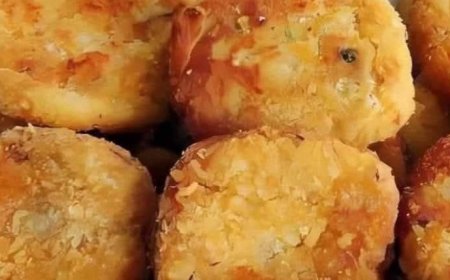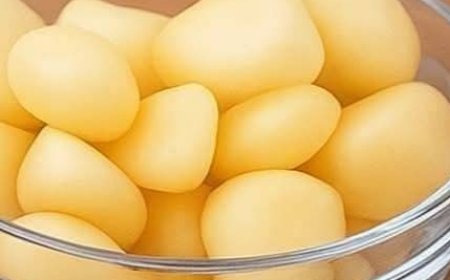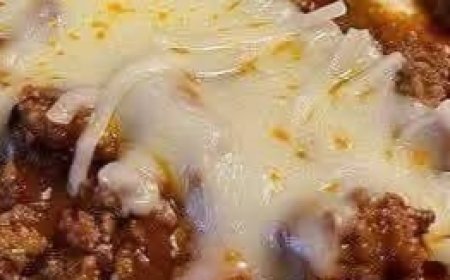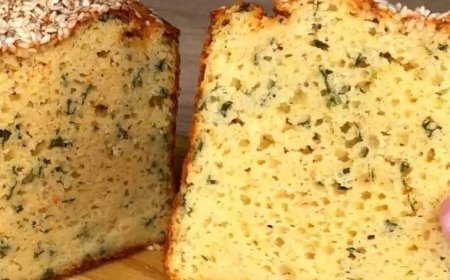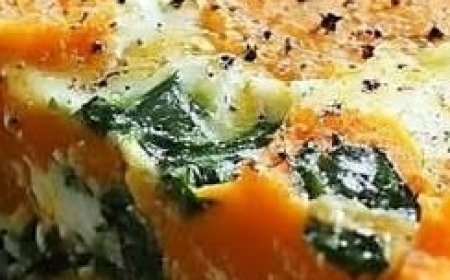Power-Packed Chicken Gizzards
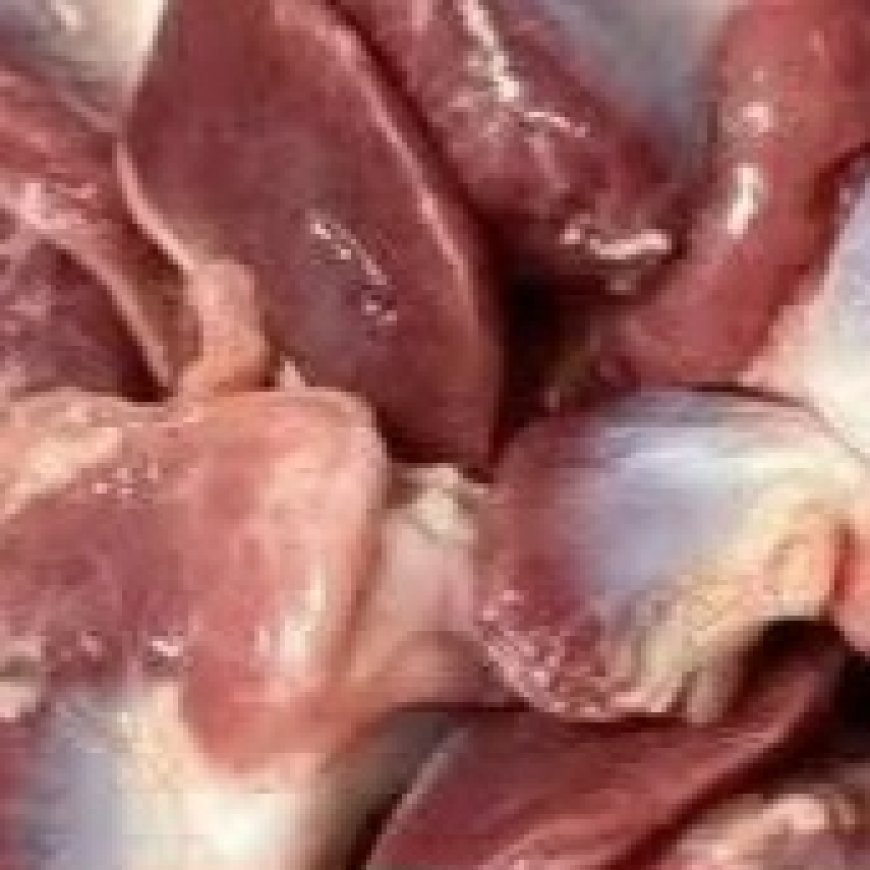
But in kitchens around the world — from Southern soul food joints to Filipino street vendors and West African stew pots — gizzards are celebrated, not discarded.
This humble organ — a bird’s natural “grinder” — is one of nature’s most underrated culinary and nutritional treasures.
And if you’ve never tried them, you’re missing out on: ✅ A high-protein, low-fat powerhouse
✅ A rich source of iron, zinc, B12, and choline
✅ A chewy, savory texture that soaks up bold flavors
✅ A sustainable way to eat nose-to-tail
Let’s dive into what gizzards are, why they’re so nutritious, and how to cook them tender and delicious — so you can turn this forgotten cut into a kitchen favorite.
???? What Is a Chicken Gizzard?
The gizzard is a muscular organ in birds that acts as a mechanical stomach.
Since birds don’t have teeth, they swallow small stones or grit that settle in the gizzard.
When food enters, the powerful muscles contract, grinding the food with the stones — turning tough seeds, grains, and insects into digestible mush.
Gizzards are found in chickens, ducks, turkeys, and nearly all birds — and when cleaned and cooked right, they’re a tender, flavorful delicacy.
???? 5 Amazing Health Benefits of Chicken Gizzards
1. ???? High in Lean Protein
1 cup (cooked) = 44 grams of protein
Perfect for muscle repair, satiety, and healthy aging
2. ???? Rich in Iron & Prevents Anemia
One of the best natural sources of heme iron — highly absorbable
Great for women, athletes, and anyone prone to fatigue
3. ???? Packed with B12 & Brain-Boosting Nutrients
Essential for nerve function, energy, and red blood cell production
Just one serving covers over 100% of your daily B12 needs
4. ???? Loaded with Zinc & Immune Support
Supports immune health, wound healing, and hormone balance
Especially important during cold and flu season
5. ???? Sustainable & Nose-to-Tail Eating
Often discarded — but eating gizzards reduces food waste
A return to traditional, respectful cooking
???? How to Cook Chicken Gizzards (So They’re Tender, Not Tough)
The key to great gizzards?
???? Low and slow cooking — they’re muscular, so they need time to soften.
✅ Step-by-Step: How to Prepare & Cook Gizzards
1. Clean Them Thoroughly
Rinse under cold water
Remove any greenish bile sacs or tough membranes
Trim excess fat or connective tissue
2. Parboil (Optional but Recommended)
Simmer in water with onion, garlic, and bay leaf for 20–30 minutes
Removes strong odor and tenderizes before final cooking
3. Cook Until Tender
Choose one method:
Stew or Braise (Best): Simmer in sauce, broth, or gravy for 45–60 minutes
Slow Cooker: 4–6 hours on LOW in liquid
Pressure Cooker/Instant Pot: 20–25 minutes on high pressure
Fry (After boiling): Pan-fry for crispiness — great for snacks
What's Your Reaction?







